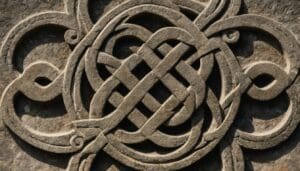All You Need to Know About Leicester, United Kingdom
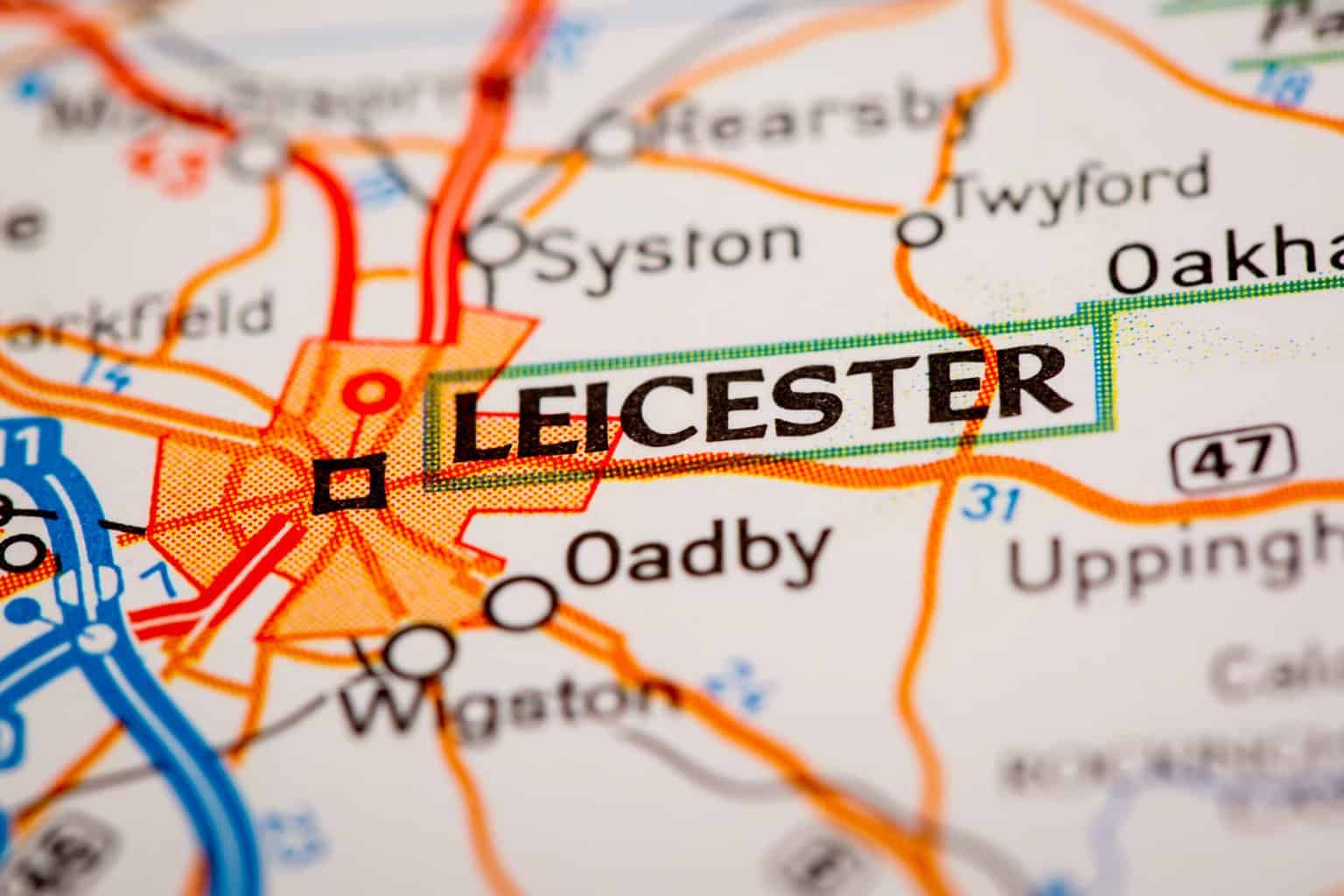
Updated On: November 08, 2023 by Ahmed Samir
On the edge of Britain’s famous National Forest lies Leicester City, located in the county of Leicestershire, the tenth largest city in Britain. It includes a good number of interesting historical monuments, such as the burial site of Richard III, and an impressive group of tourist sites worth visiting. The city is separated from the capital, London, by 170 km. It is closer to several cities such as Birmingham, Coventry, Sheffield, and Leeds.
It is famous for its population diversity, as many races and nationalities have settled there, from India, Pakistan, and Somalia, after World War II, which forced them to leave their countries and take refuge in England.
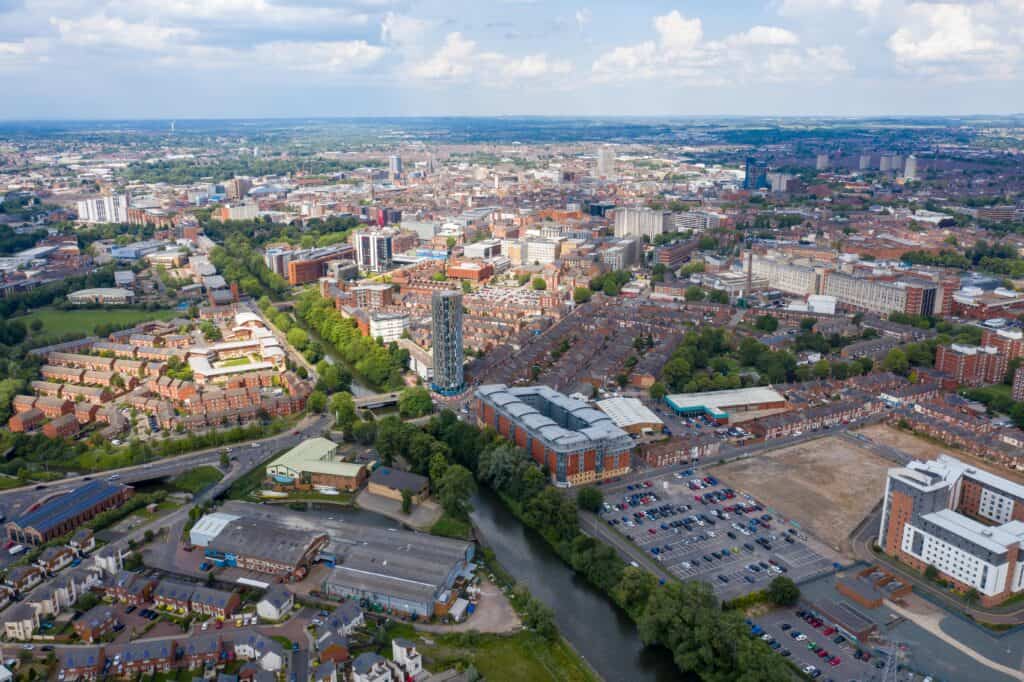
How was Leicester City Founded?
Leicester was built by the Romans more than 2,000 years ago. They made it a gathering area for the military and called it Rati Coritnorm. The city began developing to occupy an important military and commercial position in the Roman Empire. After that, the Romans left the city in the 5th century, and it was abandoned until the Saxons invaded.
In the 19th century, it was subject to the Vikings’ occupation, but they were not there for long due to the establishment of the United Kingdom and the annexation of Leicester.
The Economy of Leicester City
Leicester relies on the industrial sector to revive its economy. It contains many factories for foodstuffs, shoes, electronics, and plastics, in addition to the engineering and printing industries. Today it is an important industrial, commercial and educational centre in central England and the United Kingdom.
Sports in Leicester
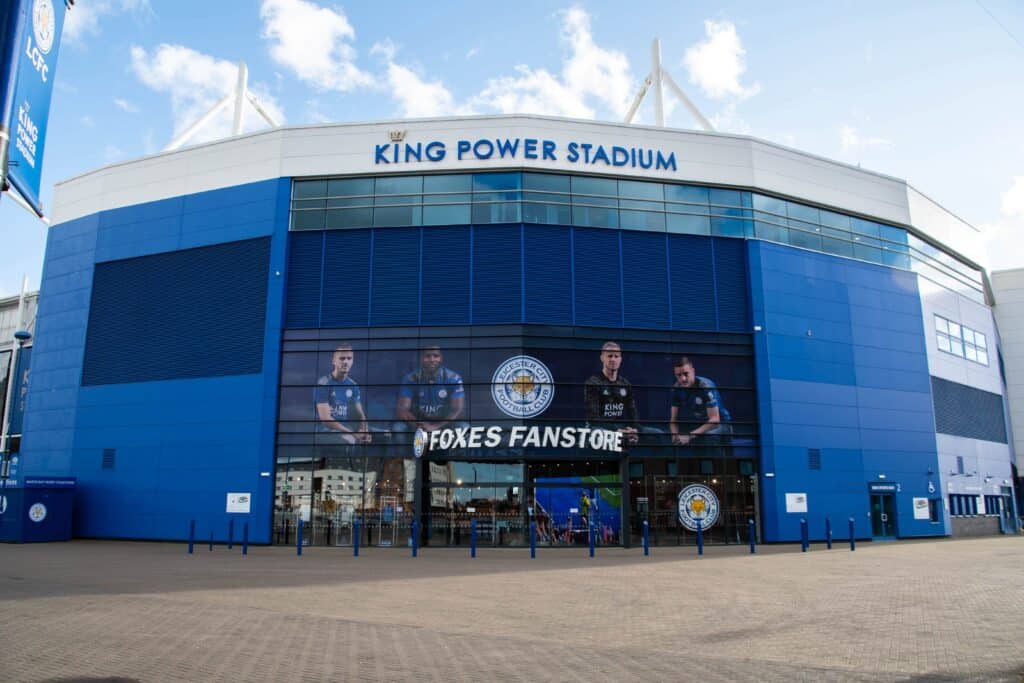
The city has many football fans, as it is home to the famous Leicester City Club, founded in 1884. The club bore the name Leicester Fosse until 1919 and then changed to its current name.
The club is known by the name “Foxes”, and the reason for placing foxes on the Leicester City logo is that the area is famous for hunting the wild animal.
The club was crowned the Premier League title in the 2014-15 season. Also, the club has previously won the Cup 4 times, the League Cup 3 times, and the Super Cup once.
King Power is the home stadium of Leicester City Club, established in 2002. After being based at Filbert Street Stadium for 111 years, the team moved to the new stadium, which opened with a friendly match that brought together the hosts with Atletico Madrid and ended in a 1-1 draw.
A Tour to Remember in Leicester
Leicester has many attractions that tourists come from around the world to enjoy. It is a famous cultural city in Britain, with many ancient historical sites, such as museums and ancient Roman baths. Here, dear visitor, are the best places in the city that you can visit.
Leicester Cathedral
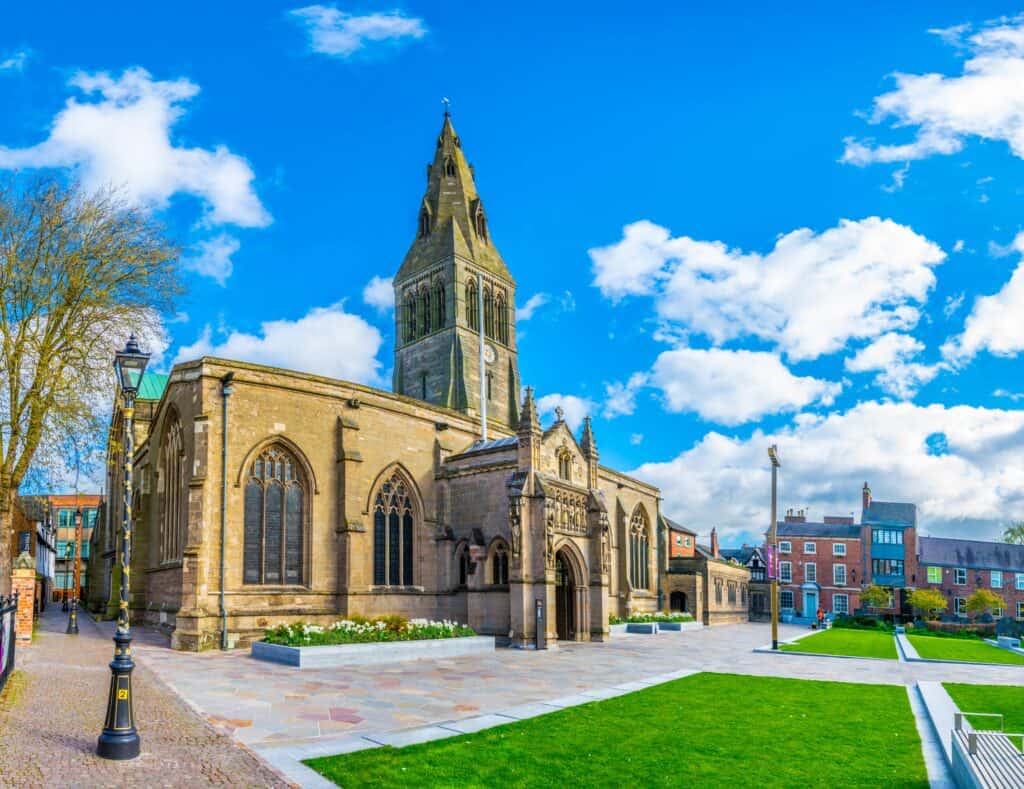
Leicester Cathedral is across the street from the Richard III Visitor Centre. It is a popular attraction that is worth visiting, especially for those interested in historical architecture and the life of Richard III. The cathedral is famous for its magnificent exterior and interior designs, adorned with stained glass windows dating back to 1089.
Richard III’s remains were officially reinterred at Leicester Cathedral in 2015. His tomb is located in the chancel, comprising a large block of light Swaledale limestone drilled with the shape of a cross.
Richard III Visitor Centre
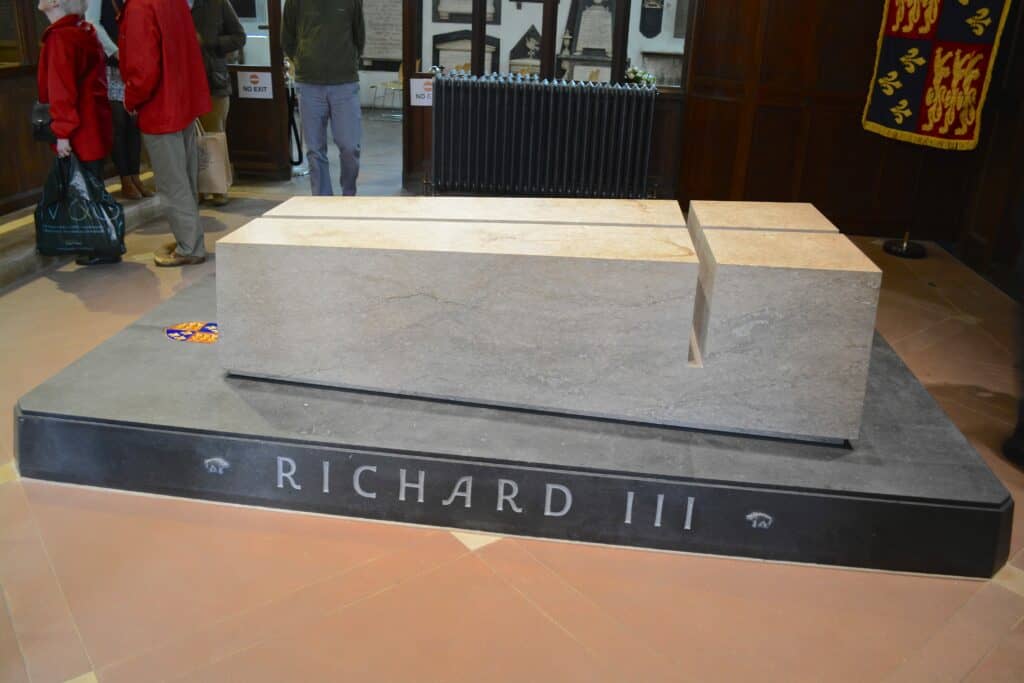
Richard III Visitor Centre was built directly in 2012 after the discovery of the remains of King Richard III. He ruled the country in the 15th century and is known for being the last British king killed in the battle of Bosworth in 1485, which ended the reign of the York family.
New Walk Museum & Art Gallery
The New Walk Museum and Art Gallery has been Leicester’s main museum for quite some time. The history of the museum dates back to 1849.
It includes an impressive collection of exhibits on dinosaurs, ancient Egyptian artefacts, and German expressionist art. Richard Attenborough donated a massive trove of art to the museum, including an exquisite set of Picasso ceramics in 2007.
National Space Centre
Leicester University offers space science courses and is a perfect location for the National Space Centre. It is reputed to be the largest of its kind in the United Kingdom. It is a favourite destination for those interested in astronomy and space science in most parts of Britain.
Leicester Guildhall
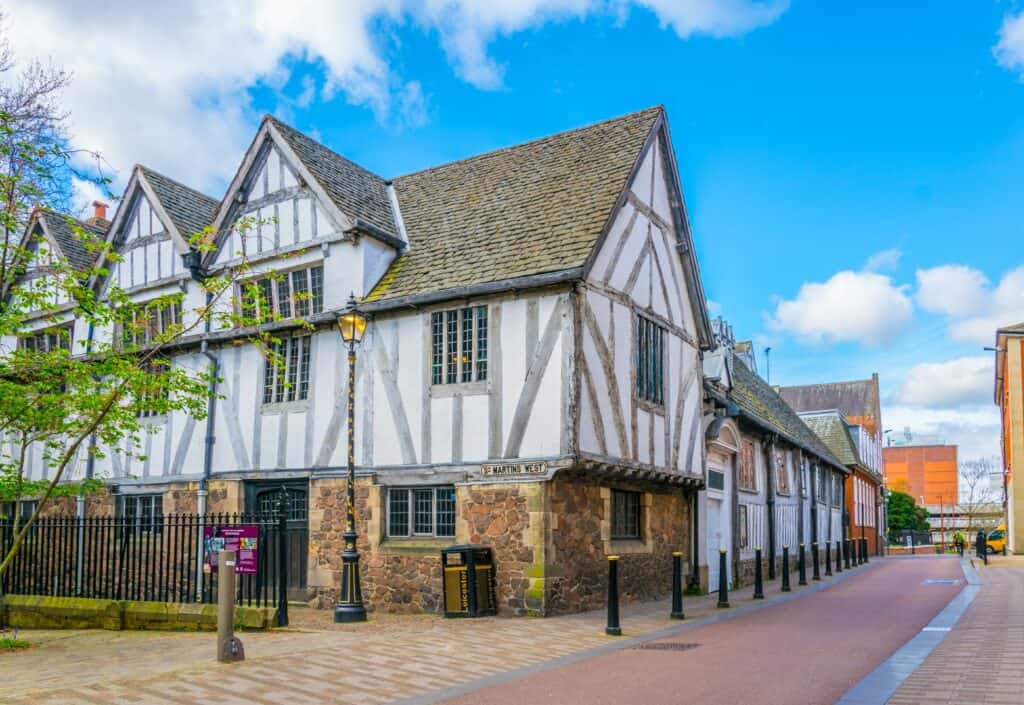
The Leicester Guildhall is a famous building in the city, listed as a British Heritage Site, and was built in 1390. It was used as a town hall, meeting place, and courtroom, and besides that, it is also famous for being the original home of Britain’s third-oldest library. In the past, it hosted many scientific and cultural discussion sessions.
Also, it was the site of many historical events, especially during the English Civil War in the 17th century. The Leicester Guildhall is now a museum and a place to host artistic and cultural events. The press conference announcing the discovery of the remains of King Richard III was held there in 2012.
Leicester Market
Leicester Market is the largest covered outdoor market in Europe and is an ancient historical market. It contains more than 270 stalls selling books, jewellery, clothes, and more. It was initially established as a place to sell fruits and vegetables more than 700 years ago.
Church of St. Mary de Castro
Church of St. Mary de Castro is an old building in the city, built in the 12th century. When you are there, you will see a part of the remaining original walls and elements from an expansion made in the 11th century. Doorways with superb Norman Romanesque zigzag ornamentation characterise the church.
Bradgate Park
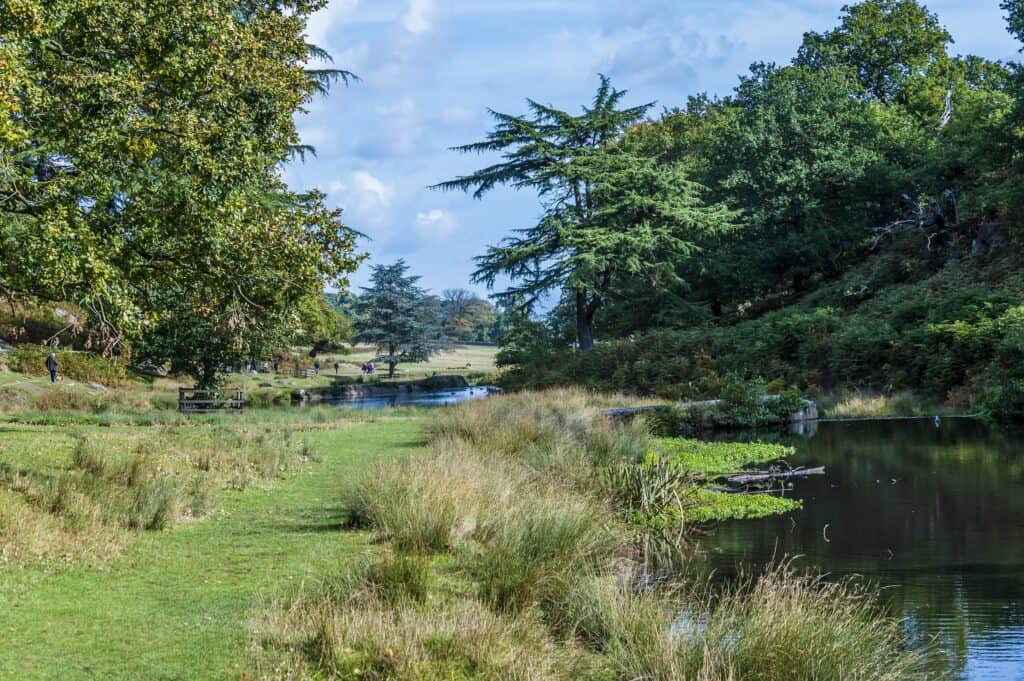
Bradgate Park is located northwest of Leicester City on the 850-acre expanse of beautiful rocky moorland. It is where you will find Precambrian basement rocks, formed some 560 million years ago.
The park also has 450 red and fallow deer and some mighty oaks, hundreds of years old. The ruins of Bradgate House were built in the 16th century and were the first post-Roman estates to be built from bricks. It was the home to Lady Jane Grey, Queen of England, for nine days.
Bosworth Battlefield
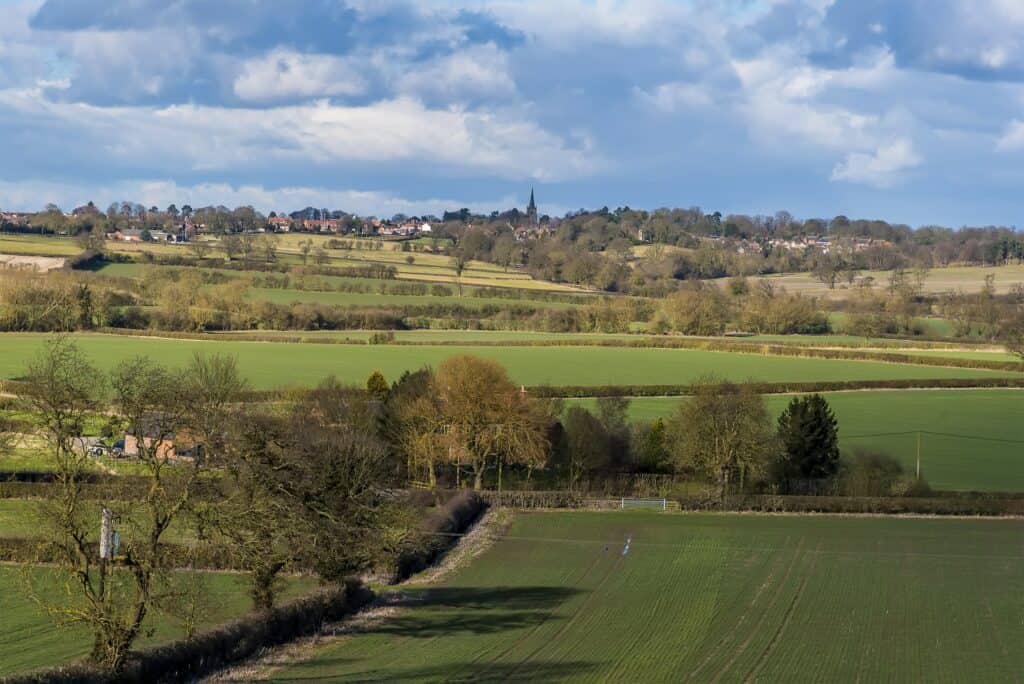
Bosworth is where the Wars of the Roses between the Houses of Lancaster and York took place in 1485. The battle ended when Lancastrian Henry Tudor won and became the first Tudor King.
The site is now a heritage centre that gives all the details of the battle and shows how archaeologists determined the true location of the battlefield. You will find artefacts, armour, and much more when you visit the area.
University of Leicester Botanic Garden
The University of Leicester Botanic Garden is a beautiful tourist attraction in the city. The garden includes many spectacular plants, such as cacti and succulents, and many flowers that bloom in the different seasons.
It also has many buildings like Beaumont House and Southmead, which the university uses as residence halls, as well as art galleries, and hosts live music and different events.


